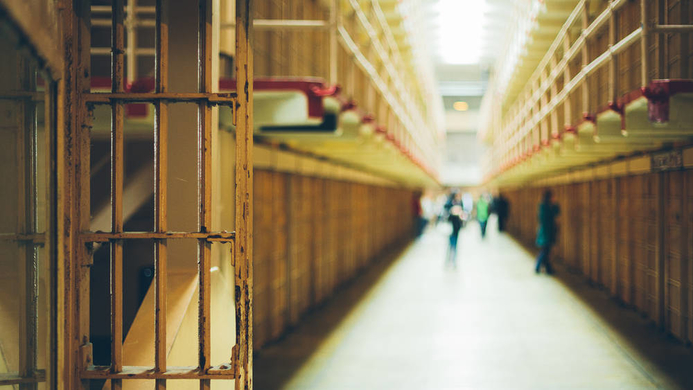There are two schools of thought – one economic, the other sociological – when it comes to explaining crime statistics. Michel Lander says that the two models rarely see eye-to-eye. “Much of the crime literature talks at cross purposes,” he states. “Studies are published that either favor the economic approach or focus on sociological theories. We wanted to unite these two disciplines so we could support more robust theories and policy-making.”
With this laudable goal, Lander and his co-authors set out to develop a model that would integrate both perspectives. “Our model is one of only a few today that can systematically test the effects of both theories working in parallel,” he explains. “It is also very timely: right wing politicians today suggest that punishment is the only way to reduce crime while left wingers say that we should address the social and environmental factors that induce or inhibit crime.”
Deterrents versus drivers
Economists tend to explain crime rates in terms of probabilities of conviction and arrest, and the severity of punishment. They argue that people make choices about their behavior based on a cost-benefit analysis. If a crime is unlikely to be solved, or if the punishment is worth the risk, then people will be more willing to try their luck. In contrast, sociological theories consider a variety of environmental factors that influence crime rates. These include:
- Routine activity theory suggests the presence of guardians as an important factor in reducing crime.
- Social disorganization: when social control in the community breaks down, perhaps due to low economic status or increased cultural heterogeneity, crime starts to climb.
- Structural strain: a perceived lack of possibility for social success can entice individuals to criminality.
Getting the data
The only way to unify these differing perspectives is to analyze a large socioeconomic data set. The team found suitable data collected from across North Carolina in the USA. It contained 22 independent variables related to both economic and sociological theories; previous studies have only been able to compare 10 or fewer variables. When Lander and his co-authors brought all these variables together, they found that factors believed to be important in one or other of the pure models often lost their significance in the integrated version, which led the researchers to argue that some of the conclusions from economists or sociologists may be inappropriate due to the interplay between factors.
The threat of long prison sentences and capital punishment does not help to reduce crime rates.
Is punishment a deterrent?
Using their model, the team tried to see whether the factors that drive people to violent crime (e.g. murder, manslaughter, rape, assault) are different to those that encourage crimes against property (e.g. burglary, robbery, larceny, car theft). According to Lander, the probability of arrest is a major inhibitor for both types, but the severity of punishment does not significantly influence crime rates. Lander stresses the importance of this finding: he concludes based on his research that the threat of long prison sentences and capital punishment does not help to reduce crime rates.
Socioeconomics in property crime
Further analysis revealed that for property crime, the level of poverty has a strong influence on the likelihood of criminal behavior (as predicted by the theory of social disorganisation theory). People from larger households are less likely to commit property crimes, supporting the routine activity theory and the argument that guardians help to keep property crime down. However, these findings were not replicated for violent crimes.
“If we want to combat crime, we need to understand that property and violent crime have different drivers,” notes Lander. “The way we deal with different crimes is really important.” The study suggests that living in a heterogeneous community with a mix of ethnicities seems to influence both violent and property crime rates. Meanwhile, prison-run vocational programmes to integrate offenders back into society seem to reduce rates of violent crime effectively.
The future of crime prevention
This comprehensive analysis on an unprecedented volume of data reveals the pitfalls in relying on one discipline or another to study crime rates. However, in combination, they provide important insights. “When it comes to developing theory, economists and social scientists should stop ignoring each other and start talking about how the theories they propose might interact,” suggests Lander. “We now need to explore the dynamics between theories much deeper. We have shown that not one side is right, but they both bring something to the table. The influence of capture and punishment versus socioeconomic influences differs depending on the type of crime.”
Lander points out that his analysis would have been impossible without the remarkable North Carolina data. “I think the most important thing for governments to do, if they are serious about reducing crime, is to collect information systematically on the many factors that both disciplines predict as being important, especially for the sociological theory variables. With more data we can refine our models and draw both disciplines closer together as we cooperate to find evidence and recommend the best action to take to reduce crime rates.”










